Unlocking Gaming Brilliance: AMD’s Fluid Motion Frames 2 Revolutionizes Frame Generation and Performance
- 1059
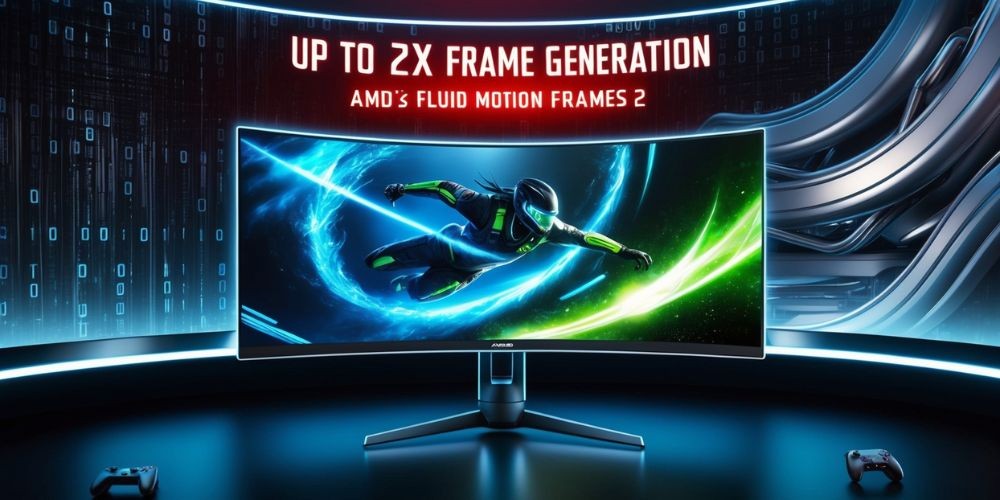
In the increasingly competitive landscape of gaming technology, AMD has made significant strides with the rollout of its enhanced Fluid Motion Frames 2 (FMF 2) technology, which promises to revolutionize the way gamers experience performance and visual fidelity. This new update builds on its predecessor, aiming to elevate not just frame generation but also overall gameplay smoothness with the integration of artificial intelligence. With AMD's seasoned experience in graphics performance, the introduction of FMF 2 serves as a vital iteration that caters to various gaming setups, from powerful discrete graphics to integrated solutions.
Chapter 1: The Genesis of Fluid Motion Frames
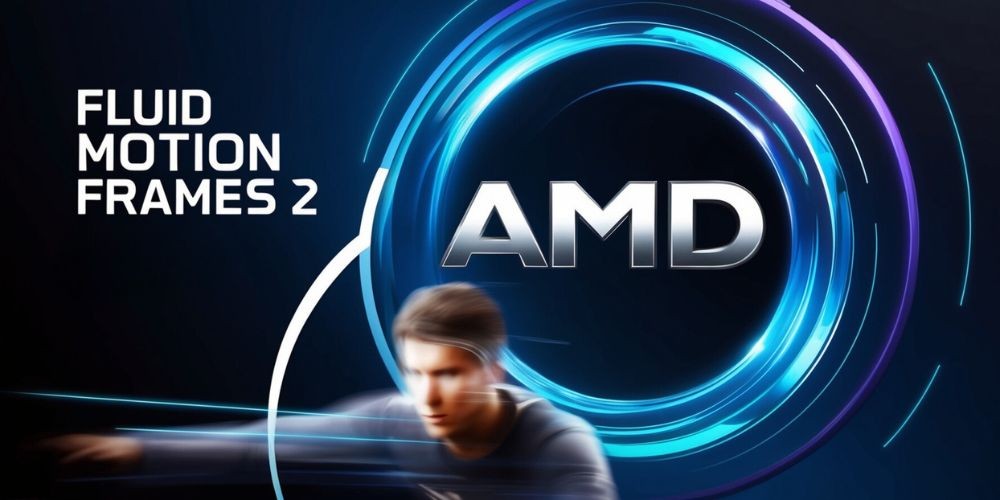
The journey of AMD’s Fluid Motion Frames technology begins with the original AFMF, launched last year. This groundbreaking technology enabled frame generation support across a broad spectrum of graphics units, including those from AMD, NVIDIA, and Intel. Early adoption demonstrated its capabilities with DirectX 11 and 12 titles, achieving up to a 2x increase in performance when activated. However, initial challenges such as stuttering and subpar frame pacing prompted AMD to release essential driver improvements shortly after its launch, laying the groundwork for further enhancements.
Chapter 2: What’s New in Fluid Motion Frames 2?
With the unveiling of Fluid Motion Frames 2, AMD brings a plethora of new features and improvements in frame generation and gaming performance. The standout advancements are driven by innovative AI-optimizations and a focus on delivering a seamless gaming experience.
AI-Optimized Frame Generation
The flagship feature of FMF 2 is its AI-optimized frame generation technology. By employing an updated algorithm, AMD ensures higher frame generation smoothness and a reduction in unwanted jitter associated with temporary frame-gen deactivations during high-action sequences. This technology offers gamers two distinct modes: "High," optimized for resolutions of 1440p and above, and "Standard," which is ideal for 1080p setups. These settings empower users by allowing tailored adjustments according to gaming preferences.
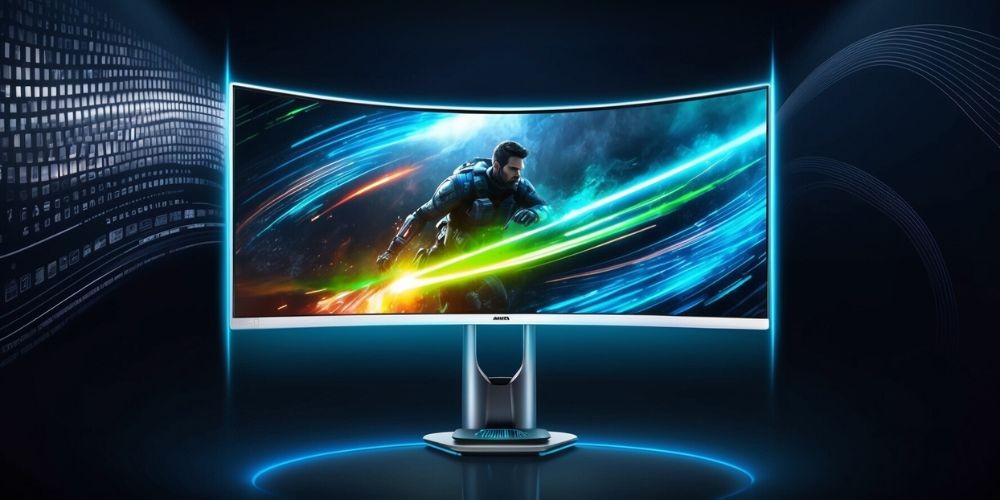
Performance Enhancements
Fluid Motion Frames 2 places a strong emphasis on performance by introducing a usability mode termed "Performance" mode. This setting minimizes overhead and optimizes for high-frame-rate experiences, making it particularly advantageous for integrated graphics setups and entry-level systems. By default, this mode is selected for supported AMD Ryzen Processors featuring Radeon Graphics, allowing a broader array of devices to reach optimal frame rates.
Reducing Latency for Enhanced Gameplay
A substantial highlight of FMF 2 is its commitment to reducing latency during frame generation. Gamers can expect to experience lower latency consistently across all settings, resolutions, and hardware configurations, delivering a smoother performance. Testing has shown remarkable results, including a 28% latency reduction in Cyberpunk 2077 using a Radeon RX 7900 XTX and up to 12% in fast-paced titles like Counter Strike 2 when utilizing Radeon 780M integrated graphics.
Chapter 3: Expanded Compatibility and Improvements
Fluid Motion Frames 2 also paves the way for broader compatibility across various display modes and technical frameworks. With newfound support for borderless fullscreen across AMD Radeon RX 7000 series and support for both Vulkan and OpenGL games, the scope of FMF 2's application extends vastly, enhancing usability for countless gaming titles.
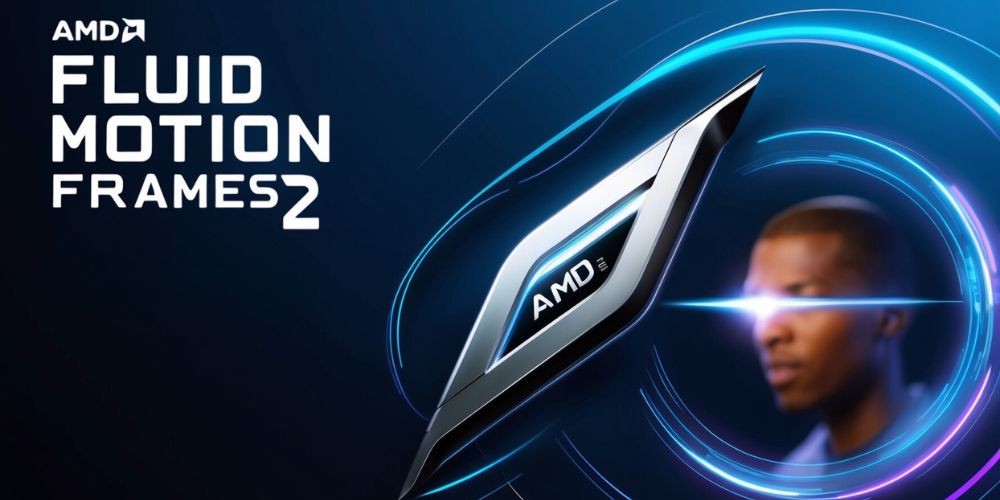
Integrating New Features
In this new version, AFMF 2 incorporates features such as Radeon Chill interop support, allowing for a low-latency frame-per-second capping option, thus promoting fluid gameplay even under demanding conditions. Expanded API compatibility empowers gamers to activate FMF 2 across a wide array of game engines, solidifying its position as a versatile solution for modern gaming.
Chapter 4: Enabling and Optimizing Fluid Motion Frames 2
Getting started with FMF 2 is straightforward for gamers. It can be activated for any title supporting OpenGL, Vulkan, DirectX 11, or 12 through the HYPR-RX interface or the Fluid Motion 2 toggle. To maximize the benefits, users should play games in exclusive or borderless fullscreen mode with V-SYNC disabled, while leveraging displays that support variable refresh rates. This ensures an optimal visual experience while reducing tearing.
Performance Tuning and Configuration

FMF 2 currently features auto-tuned modes designed to harmonize with user configurations, but these options can also be manually adjusted for personal preferences. The newly introduced “High” Search Mode specifically enhances frame consistency during fast movements, effectively minimizing any lingering stutter encountered in the previous AFMF iteration. For integrated graphics users, transitioning back to the "Quality" preset for more demanding graphical applications can yield better results, while discrete graphics users may benefit from enabling "Performance" mode for peak frame rates.
Chapter 5: Future Directions
AMD remains committed to refining its FMF technology with ongoing feedback from gamers. The development team is eager to harness collective user insights to drive future innovations and enhance performance across thousands of gaming titles. Community engagement is encouraged, allowing users to share their experiences and contribute towards the evolution of AMD’s advancements in gaming technology.
Addressing Issues for Optimal Performance
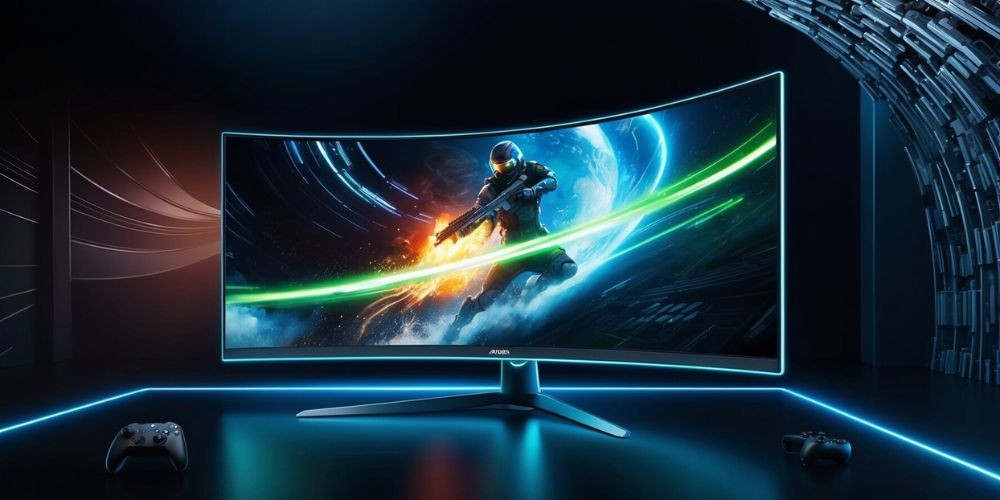
As with any advanced technology rollout, a few notable issues may arise. Among the fixed and known challenges, inactive AFMF in certain on-screen overlay scenarios has been reported, and a few games like Baldur’s Gate 3 may face crashes under specific processor conditions. Awareness and proactive updates will ensure that user experience continues to improve with minimal disruptions.
Conclusion: Empowering Gamers with Fluid Motion Frames 2
AMD's Fluid Motion Frames 2 emerges as a formidable technology for elevating gaming performance, offering tools that empower both casual and competitive gamers. With its AI-driven enhancements, user-friendly performance modes, and broadened compatibility features, FMF 2 solidifies AMD's position as a leader in graphics technology. Gamers can look forward to an enriched gaming experience characterized by increased frame rates and unparalleled smoothness as they explore the potential of this innovative technology.
